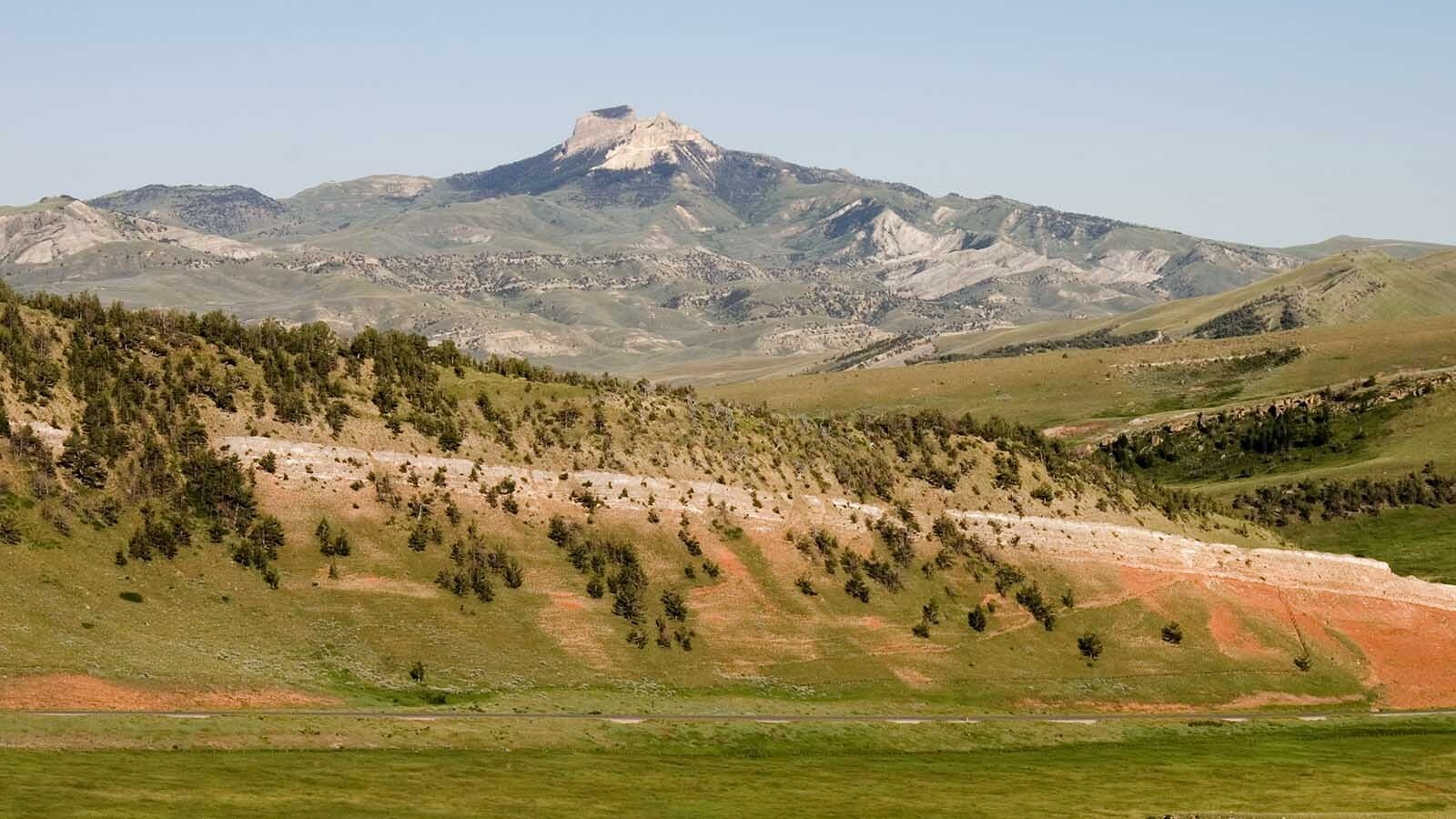Alaska’s north slope is isolated, prone to brutal weather and home to gigantic, fearsome polar bears.
And welder Tex McBride of Gillette, Wyoming, absolutely loves working there.
“It’s frickin’ awesome. I love it up here,” he told Cowboy State Daily during a telephone interview from the Deadhorse/Prudhoe Bay are of the North Slope. “This is one of those places, you’re either going to love it or hate it.”
“There’s no bars up here,” he added. “It’s just eat, sleep and work until it’s time to fly out.”
There is abundant wildlife, including polar bears. McBride said he doesn’t mind those either, although he’s in awe of them. Even for someone from Wyoming where there are plenty of big grizzlies, Alaska’s polar bears are something to behold, he said.
“They’re frickin’ huge. They can be, like, twice the size of a Wyoming grizzly,” McBride said. “They can be 10 feet tall when they stand up.”
McBride welds for a drilling company on Alaska’s North Slope. It’s a basin that’s about 110 miles long and 20 miles wide sitting between the Brooks Range mountains and the Arctic Ocean on Alaska’s northern edge.
His routine involves working 12-hour days during two- to three-week stretches on the North Slope, then returning to Gillette for a couple of weeks off before starting all over again.
Wapiti School Fence ‘Wouldn’t Stop Anything’
Polar bears have a fearsome reputation.
Wyoming’s grizzlies certainly demand respect, but they’re opportunistic omnivores, eating just about anything from grass and roots to big game carcasses.
Polar bears don’t have such options. They’re pure predators, must hunt to survive, and seals are their primary prey.
Polar bears and humans have coexisted peacefully in the far north, for the most part. However, there are occasional bear attacks, and polar bears are thought to be more likely than grizzlies to try hunting people down and eating them.
At any given time, there might be 14,000 people working in the North Slope oil fields. McBride said he’s yet to hear of anybody being attacked or devoured by polar bears while he’s been working there.
That doesn’t mean they’re not alert for that, though. Abundant precautions are taken, he said.
Security personnel patrol the perimeters in side-by-sides, scanning for any sign of the huge bears.
When one is spotted near a work area, a warning “like a tornado siren” goes off, reminding everybody to watch out, he said.
There are also cage-like, heavy-duty steel structures called “polar bear fencing,” he added.
“When you come out of man camp, you pass through these cages,” McBride said. “That gives you a chance to look around for a bit to make sure there’s no bears in the vicinity.”
McBride said the grizzly-resistant fencing surrounding the Wapiti Elementary School west of Cody looks flimsy by comparison.
“That fence around that school looks like it wouldn’t stop anything around here,” McBride said.
Polar Bear In The Distance
In June, when polar bears were on the move, McBride was working on a tiny island about 3 miles off the coast.
“The ocean ice was breaking up. Polar bears come in that time of year, you know — they start looking for solid ground to hunt or rest or whatever,” he said.
That meant taking being “bear aware” to a new level, he said.
His shop was on a corner of the island right next to the water.
Whenever he stepped outside, “I would legit look around the corner and make sure nothing was out there,” he said.
He saw one polar bear from a distance. It was out on a barrier island, which has “basically just a sandbar,” McBride said.
“That was pretty cool. It’s something that not everybody gets to see,” he said. “I’d like to see some polar bears up close, but not too close. They are an apex predator, and they will hunt you up.”
‘We Have Grizzlies Here Too’
Polar bears aren’t the only apex predators lumbering about the North Slope.
“We have grizzlies here too,” McBride said.
Last year, a worker had to scramble on top of a truck to escape an irritated grizzly bear, he said.
But for the most part, people and grizzlies have learned to get along, each minding their own business.
“The grizzlies, legit, will go right smack through the middle of workers in a yard with moving equipment,” he said.
There have been some accounts of grizzlies and polar bears mating to produce hybrid offspring called “grolar bears” (or pizzlies).
McBride said he doubts that’s happened in his work area. The grizzlies seem to stick to the inland territory, while the polar bears stalk to coasts.
Always On The Lookout
The entire North Slope is rich with wildlife, he said.
There are numerous caribou, foxes and other species. It’s considered to be a delicate ecosystem, so workers are under strict orders to not disturb the wild animals, McBride said.
“We’re not allowed to haze the animals or harass them or do anything like that,” he said. “We have to let them do their thing. And if they’re in our way on road, we just have to wait.”
An oil field road once had to be closed for a while because a female polar bear with cubs had taken up residency in culvert under the road, he said.
That was done to protect the bears as much as it was to save humans from being killed and eaten by an angry mamma polar bear.
McBride said he loves being around all the wildlife, including the bears, although workers must be vigilant.
“Everybody’s always on the lookout for a grizzly or a polar bear, and if you see one, you let security know, or let your supervisor know, so they can get the word out,” he said.
Mark Heinz can be reached at mark@cowboystatedaily.com.










